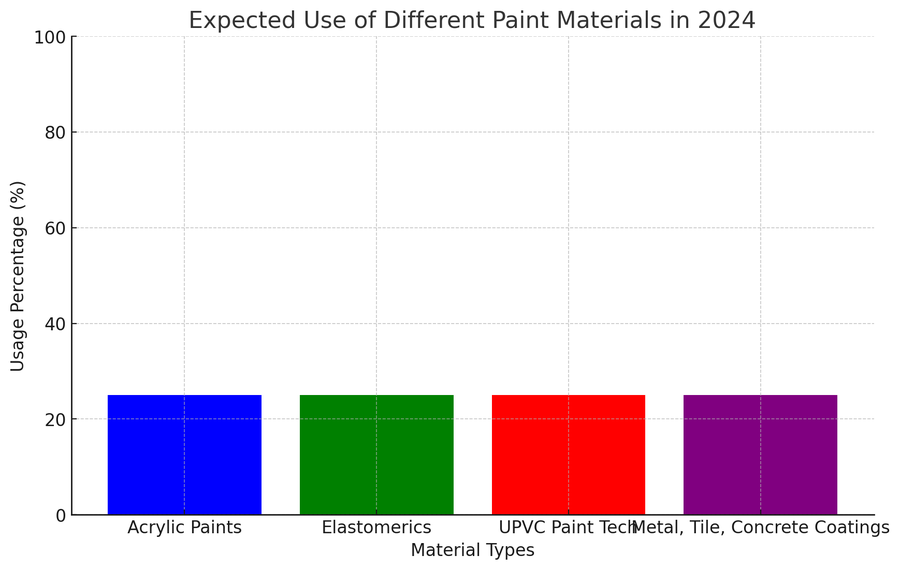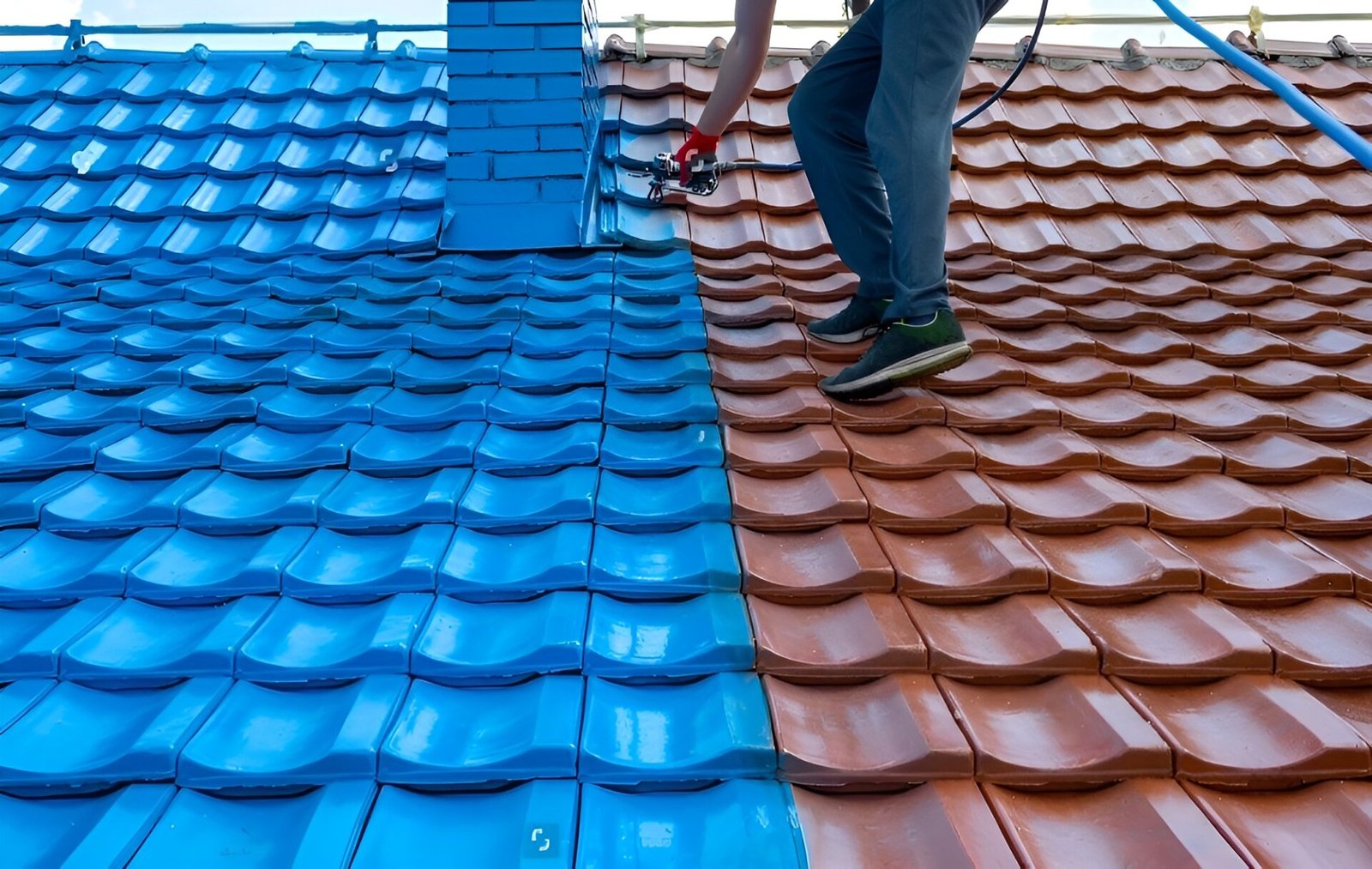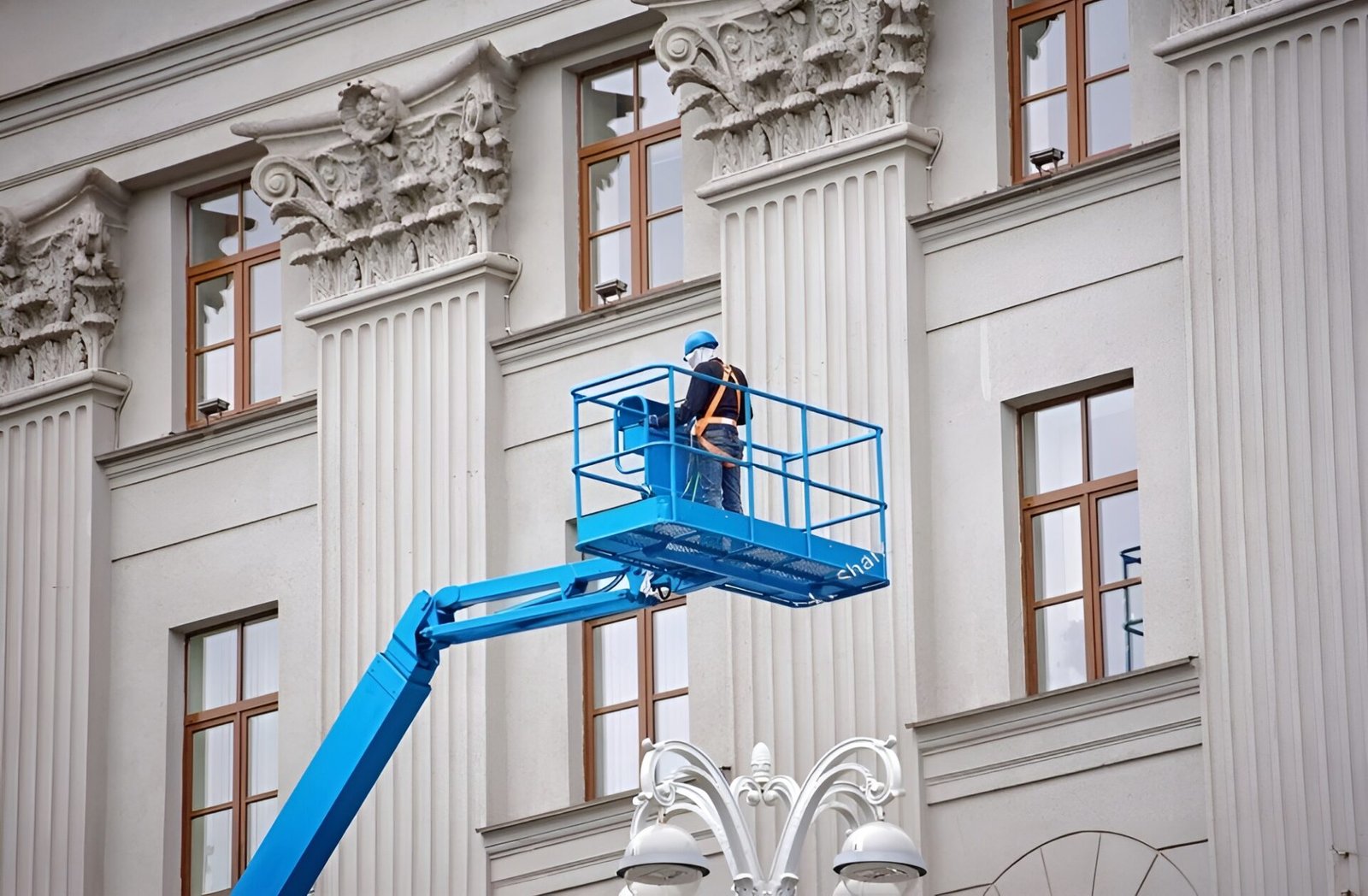The Art of Cladding: Material Selection and Spray Painting Techniques
| Key Takeaways | Description |
|---|---|
| Material Choices | Acrylic Paints, Elastomerics, UPVC, and Metals |
| Importance of Preparation | Essential for paint adhesion and longevity |
| Spray Painting Techniques | Preferred for even coverage and efficiency |
| Industry Trends | Advances in sustainability and technology |
| Contractor Selection | Emphasis on expertise and professionalism |
Introduction
In the realm of modern construction and renovation, cladding not only plays a pivotal role in protecting and insulating buildings but also significantly contributes to their aesthetic appeal. At Commercial Spraypainting, we believe in the transformative power of skilled cladding and the nuanced art of material selection and spray painting techniques that bring architecture to life.
Section 1: Understanding Cladding Materials
Our exploration of cladding begins with a comprehensive dive into the materials that shape the landscapes of our urban environments. Among the plethora, Acrylic Paints, Elastomerics, UPVC, Metals, Tiles, and Concrete Coatings stand out for their distinct properties and suitability to diverse architectural styles and needs.
Acrylic paints offer remarkable colourfastness and adhesion, drying quickly to form a flexible, waterproof barrier ideal for metal roofs and other substrates. Elastomerics, merging acrylic with elastomeric resins, create a robust, reflective membrane upon drying, combating heat with superior efficiency.

Meanwhile, UPVC paint technology has revolutionised cladding for home exteriors, delivering a fresh, durable facade. For structures involving metal, tile, or concrete, airless spray guns have become the tool of choice, providing precise control and optimal coverage.
The decision on cladding material significantly influences the aesthetics and durability of the finished project, marking the crucial first step towards achieving the envisioned outcome.
Section 2: The Significance of Preparation and Surface Cleaning
A masterpiece demands a pristine canvas. Similarly, exceptional cladding outcomes are inseparable from meticulous preparation and surface cleaning. The process begins with the elimination of dirt and residues using solvent-based cleaners and abrasives, setting the stage for paint that adheres strongly and lasts.
Preparation is not just about cleanliness but also about creating an optimal surface for the cladding material to bond. Testing on a small area before comprehensive application ensures compatibility and fine-tunes the approach for the entire project, laying the groundwork for cladding that truly stands the test of time.
Section 3: Spray Painting Techniques for Cladding
Adventures in cladding technology have positioned spray painting as the premier application method. Its ascendancy lies in its capacity for even coating distribution and efficient material use, primarily facilitated by airless HVLP (High Volume Low Pressure) spray guns.
This technique, revered for its adeptness in covering wide expanses uniformly and rapidly, minimises overspray, wastage, and ensures a consistently high-quality finish. The control offered by these tools allows for adaptations across various materials, affirming spray painting’s versatility and effectiveness in contemporary cladding practices.
Section 4: The Latest Trends in Cladding Spray Painting
Staying at the forefront of cladding innovation means embracing sustainability and technological advancement. The industry is witnessing a shift towards eco-friendly materials and processes that reduce environmental impact without compromising on quality or aesthetic appeal.
Advanced paint formulations and application techniques not only enhance durability and weather resistance but also offer solutions that are kinder to our planet. This evolution reflects a broader commitment within the construction sector to sustainability and a future where buildings harmonise with their environment.
Section 5: Case Studies and Success Stories
Our journey through the intricacies of cladding would be incomplete without real-life examples that illustrate the effective application of the techniques and materials discussed. From residential homes to expansive commercial facilities, the transformations achieved through skilled cladding are nothing short of remarkable.

These case studies underscore the role of careful material selection and the precision of spray painting in achieving desired outcomes. They celebrate the blend of science and art intrinsic to cladding, showcasing the possibilities that emerge when expertise meets innovation.
Section 6: Choosing the Right Contractor
Selecting a contractor is a decision of paramount importance, one that influences the success of your cladding project. Experience in modern techniques, a portfolio of diverse and successful projects, and a professional approach are indicators of a contractor poised to bring your vision to fruition.
At Commercial Spraypainting, our dedication to excellence and innovation positions us as your ideal partner in the cladding journey. We understand the nuances of material and method, ensuring results that not only meet but exceed expectations.
Conclusion
In conclusion, the art of cladding encompasses a broad spectrum of materials, techniques, and considerations. From the initial selection of materials to the precise application of paint and the choice of the right contractor, each step is critical to the project’s success. We invite you to explore the boundless potential of cladding with us, where every building becomes a canvas awaiting transformation.

Embark on your cladding journey with Commercial Spraypainting, where innovation meets aesthetic elegance, ensuring your project stands as a testament to quality and beauty for years to come.





